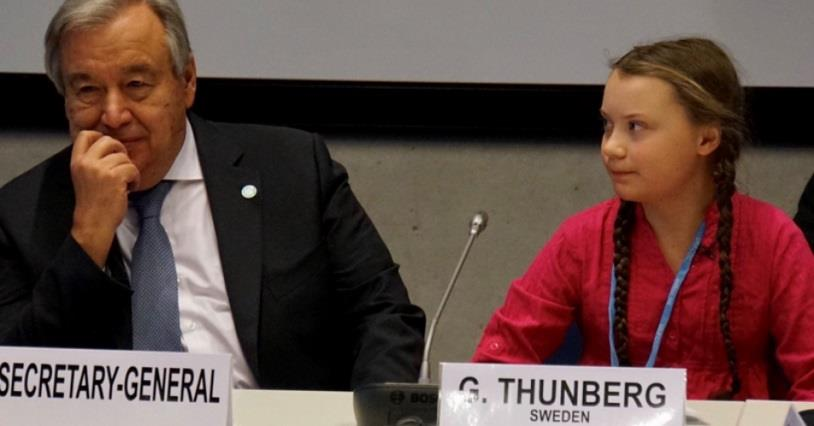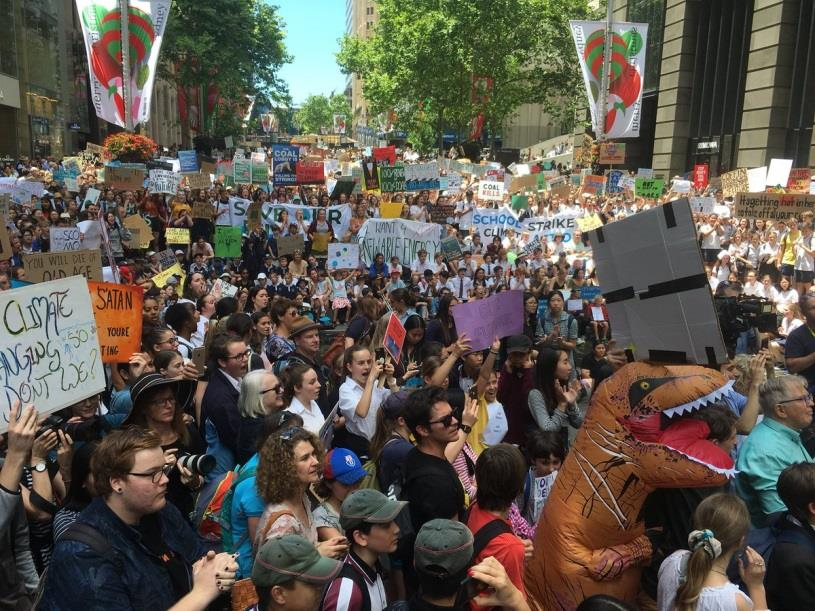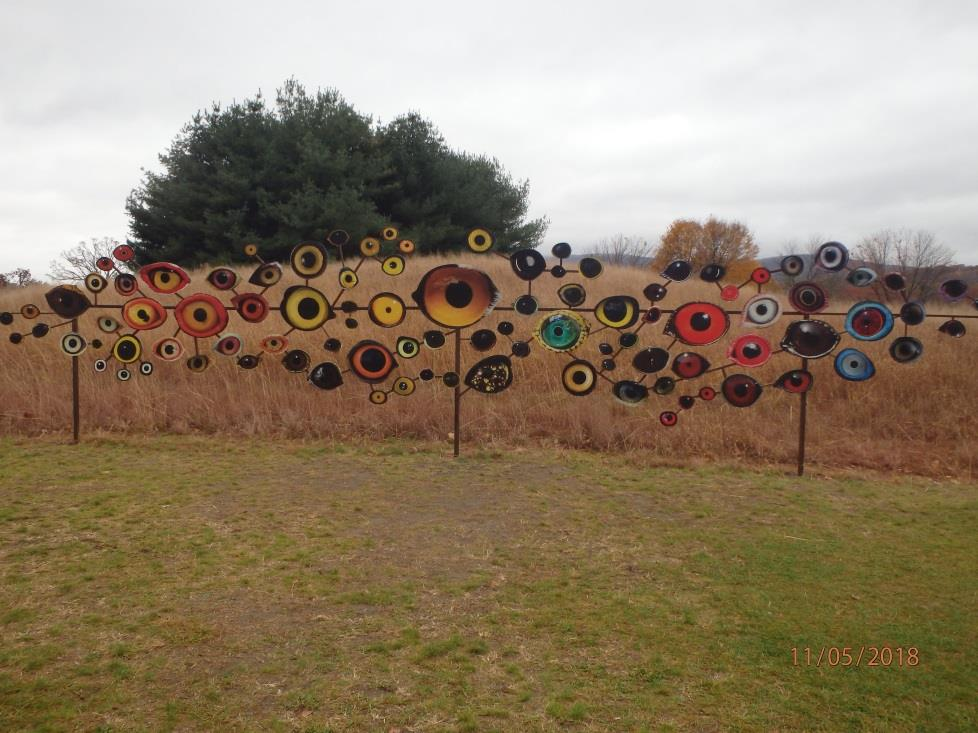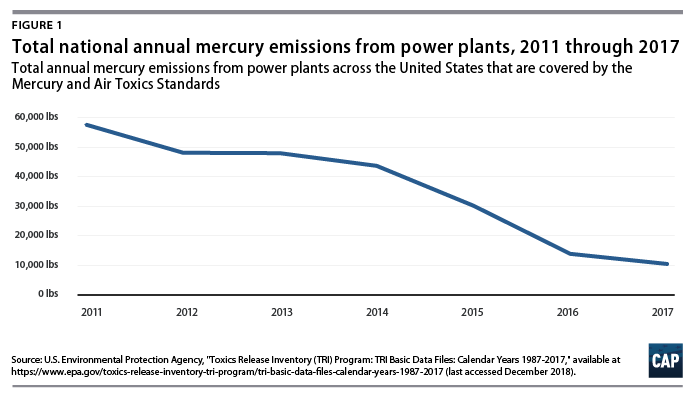Climate Change: People vs. Entrenched Interests
Her name is Greta Thunberg. She is 15 years old. As a student, and native of Sweden, she became appalled at the disconnect between what climate science was telling us about climate change and its impacts, and what adults were doing about it. She was able to convince her parents to go vegan, buy an electric car, and stop flying in order to reduce their carbon dioxide [CO2] emissions. But she realized that
that was not enough.
So, she decided to protest the lack of action by her government on climate change and become a climate activist. Earlier this fall Greta missed school and sat in front of the Swedish Parliament building every day, for a whole month, with her sign, “School Strike for Climate.”
See photo of Greta sitting outside Parliament in Stockholm, Sweden [www.etc.se].
With the signing of the Paris Climate Accords in 2015 by almost 200 countries, the real work then began on how to implement and monitor this agreement to reduce global CO2 emissions. Therefore again, in December 2018, there was a meeting in Katowice, Poland on how to do just that. It was called COP24 [Council of Parties].
At the opening session of COP24 in Katowice on December 3, 2018 Greta was invited to give a talk. She sat with the Secretary General of the United Nations and gave a focused, concise, 3 1⁄2 minute speech in front of dignitaries from almost 200 countries. See photo of Greta with the U.N Secetary-General at Katowice [energiogklima.no].

Her talk is absolutely inspiring and a must listen! Search internet for “Greta Thunberg speech, COP24.”
Her talk included sentences such as, “You say you love your children above all else, and yet you are stealing their future in front of their very eyes” ... “I care about climate justice and the living planet. Our civilization is being sacrificed for the opportunity of a very small number of people to continue making enormous amounts of money” ... “ We need to keep fossil fuels in the ground,” ... “ We have come here to let you know that change is coming, whether you like it or not. The real power belongs to the people.”
A truly remarkable young woman.
Other students around the world were also having their voices heard. Australia, with perhaps the largest coal reserves in the world, has hardly addressed climate change at all and growing CO2 emissions. Students at Hobart, Tasmania, Sydney, Melbourne and elsewhere in Australia took to the streets to try and get the government’s attention and action. See photo of protests in Hobart, 29 Nov 2018.

Meanwhile on this side of the Atlantic, the Storm King Art Center, just off Interstate 87 near West Point, NY had a 6 month exhibit titled, “Indicators: Artists on Climate Change.” On a late fall day in 2018 over 5,000 people visited the Center which covers over 500 acres. The dozen or more large outdoor installations included this one; “Birds Watching” by Jenny Kendler. Each of the 100 colored disks
represents the eye of a bird species endangered or threatened by climate change.

The mood of the country seems to be changing as indicated by a ‘Green New Deal’ poll in December 2018 by the Center for Climate Change Communication. The poll asked voters if they would support moving the U.S. from fossil fuels to 100% renewables for electricity by 2030. 81% of the respondants said they would ‘support’ the New Deal while 18% would oppose it.
Our governments’ climate change and pollution plans are another whole story however. As the current administration pushes burning of coal to generate electricity they have taken steps to weaken many rules including one that will permit more mercury to be allowed to be emitted. Turning these mercury scrubbers off will save the power company a few percent or so in costs and allow them to make more
money.
However, mercury is a known neurotoxin. That means it is bad for your brain and bad for your health. Very bad. It is especially damaging to developing fetuses, and pregnant moms have been asked not to eat any fish caught in waters of NYS because of past mercury contamination from coal [DEC website].

Since these Toxic Standards have gone effect the amount of mercury emitted annually has dropped from about 60,000 pounds to less than 10,000 pounds/year. See EPA graph of data from 2011 through 2017.
This proposed action will have the effect of increasing the exposure of almost every American to a potent neurotoxin.
Does this action qualify as a crime against humanity?
The scientific career of Raymond N. Johnson, Ph.D., spanned 30 years in research and development as an organic/analytical chemist. He is currently founder and director of the Institute of Climate Studies USA (www.ICSUSA.org). Climate Science is published monthly.



